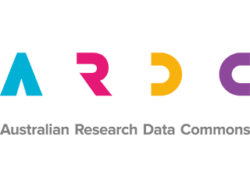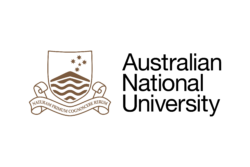The APGP proposal aims to generate high quality chromosomal genome assemblies and gene annotation data for Australia’s highest priority pests.
The Australian Pest Genome Partnership (APGP) is a partnership between CSIRO, Australian Research Data Commons (ARDC), Australian National University (ANU) and Biocommons Australia. This project delivers easily accessible reference quality data assets for few critical Australian pests and invasive species with environmental, agricultural and public health impacts relevant to Australia. APGP aims to develop green workflows, data standards and analytical practices around pest-related foundational genomic data asset generation. This will facilitate the development and uptake of modern genome-based approaches to the management of these species.
The data assets aggregated or generated in this project will be split across three categories:
- Environmental pests: invasive mammals such as rodents, cats and rabbits or locally invasive coral predators like Crown-of-Thorns starfish
- Health pests: mosquitoes such as Aedes aegypti, and various Anopheles and Culex species that can vector diseases such as malaria, dengue, zika and Japanese encephalitis viruses.
- Agricultural pests: invasives and pests such as noctuid moths, mites, aphids, flies and beetles
Data assets
High quality chromosomal genome assemblies for Australia’s highest priority invasive and native pests. Incorporating and enhancing existing datasets (for example, Lepidopteran and Dipteran data comprising over 1000 whole genome data sets) and adding data as needed for high priority species e.g. invasive ants and feral cats. The project will deliver wet-lab workflows and software pipelines to the wider community along with interactive access to analytical tools (like browsers etc) and computational pipelines (for reference genomes).
Data democratisation
Currently Australian relevant pest species genomes and data are hosted in a wide variety of often incomplete online resources, custom data storage or only publicly available as raw data. We use the community focused CSIRO Data Access Portal to deliver a long-term, version-controlled and continuously curated repository for all raw and processed data, linked to interactive pipelines and adding value through integration for related pest groups.
Stakeholders and end users of this project include Australian agricultural, environmental and public health managers, research organisations and federal and state governments. The ultimate beneficiaries will be the Australian people who will benefit from reduced public health risks and the reduction of impacts these species.
Collaborators
• Tom Walsh, CSIRO
• Rahul Rane, CSIRO
• Phil Taylor, Macquarie University
• Ary Hoffman, The University of Melbourne
• Jeff Christiansen, Australian BioCommons
• Nigel Ward, Australian BioCommons
• Owain Edwards, CSIRO
• Dan Andrews, ANU
• Amanda Padovan, CSIRO
• Wee Tek Tay, CSIRO
• Andy Bachler, CSIRO/ANU
• John Oakeshott, Macquarie University
• Karl Gordon, CSIRO
Stakeholders
• Susan Maas, Cotton Research and Development Corporation
• Jeevan Khurana, Grains Research and Development Corporation
• Greg Chandler, Horticulture Innovation Australia
• David Wachenfeld, Great Barrier Reef Marine Park Authority
• Jamie Hopkinson, Queensland Department of Agriculture
• Kelly Hill, South Australia Research and Development Institute
• Tanja Strive, Centre for Invasive Species Solutions
• Scott Buchanan, Wet Tropics Management Authority
Current members




Collaborators

- University of Melbourne
- University of New South Wales
- University of Queensland
- University of Western Australia
- Queensland Department of Agriculture and Fisheries
- South Australian Research and Development Institute
- and many more!
The Australian Pest Genome Partnership received investment (https://doi.org/10.47486/DP727) from the Australian Research Data Commons (ARDC). The ARDC is funded by the National Collaborative Research Infrastructure Strategy (NCRIS).
